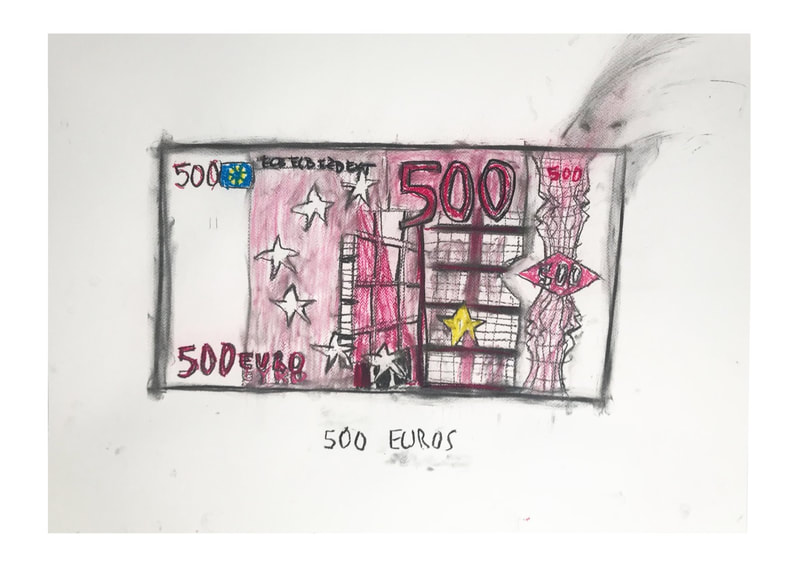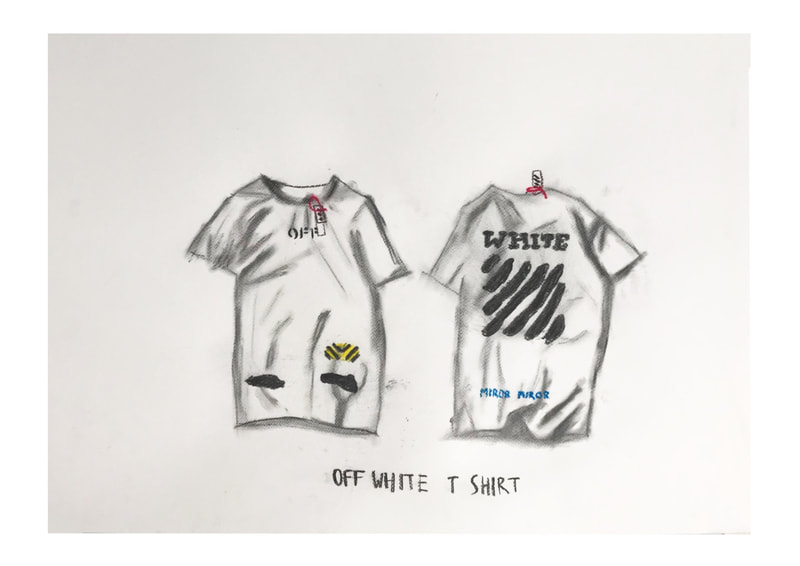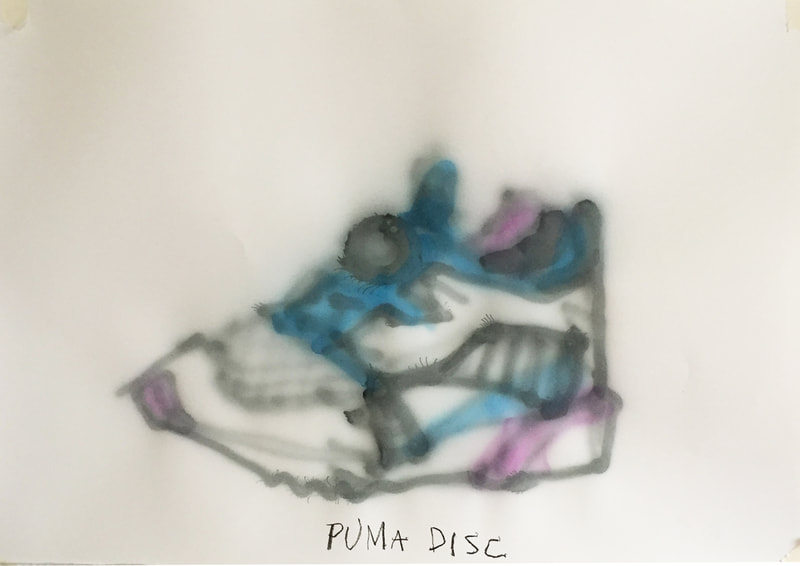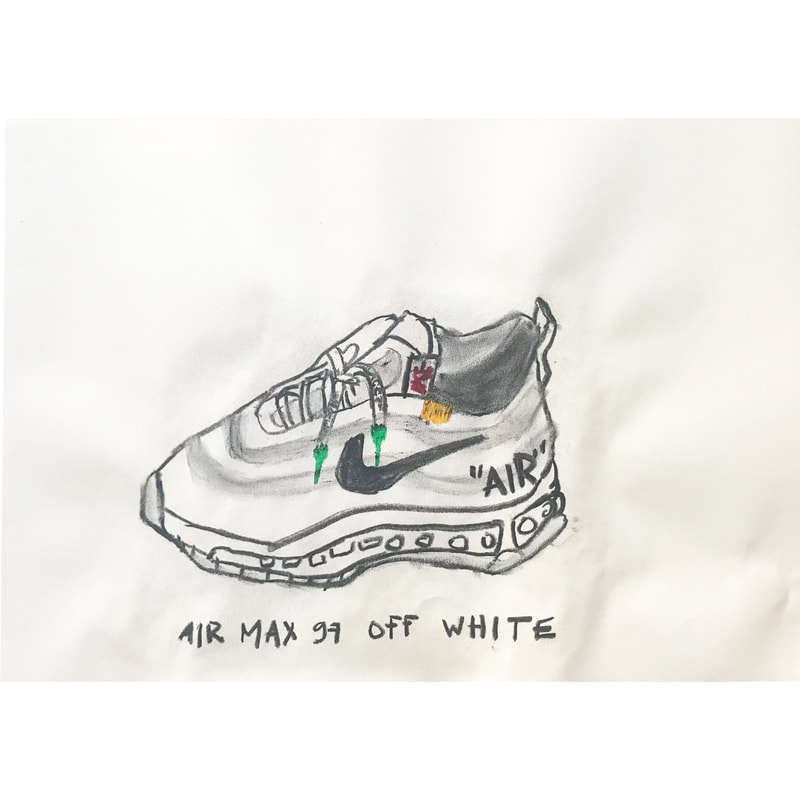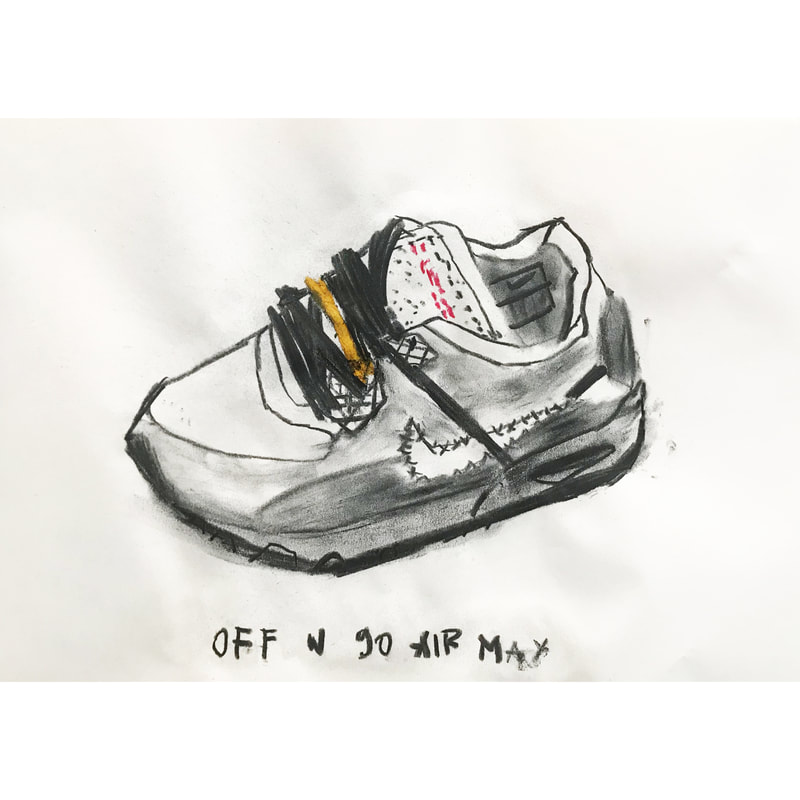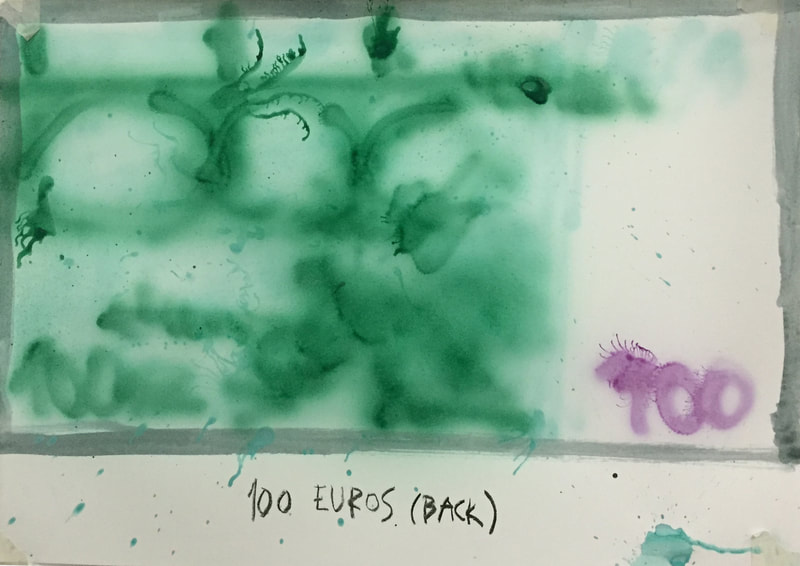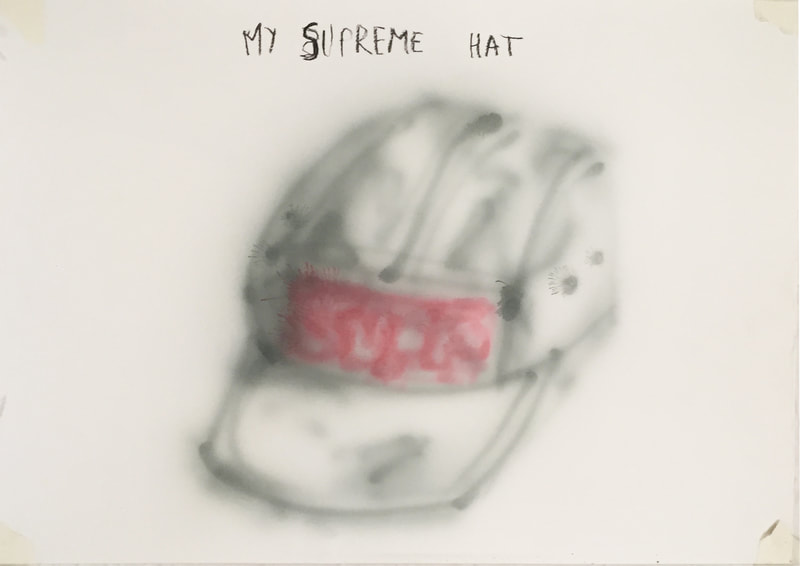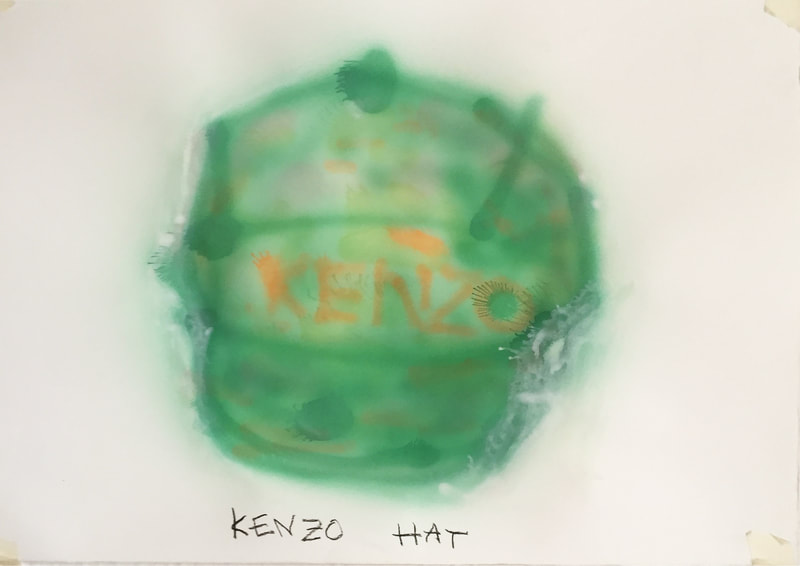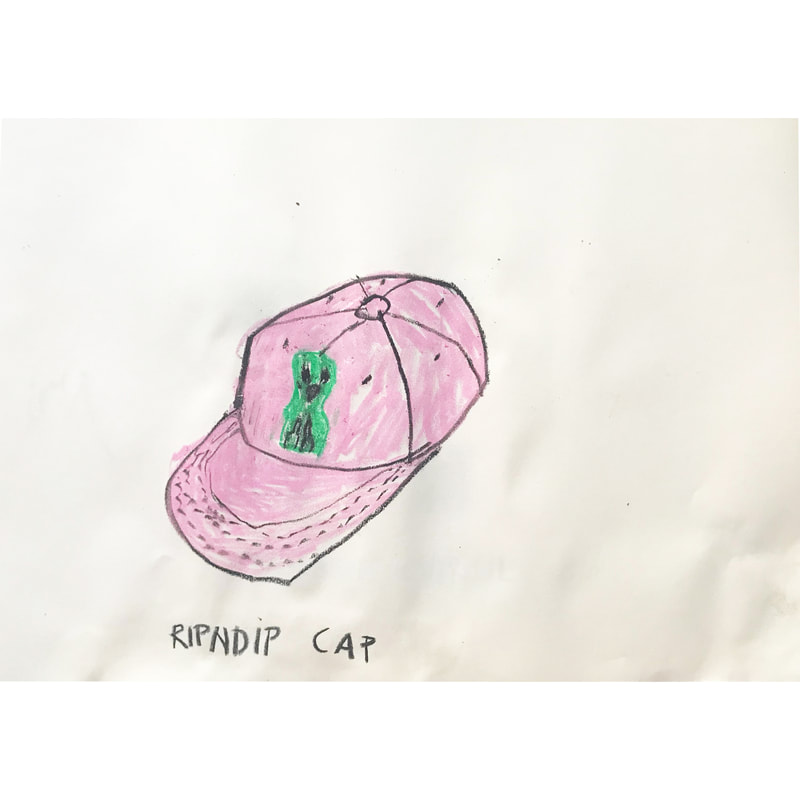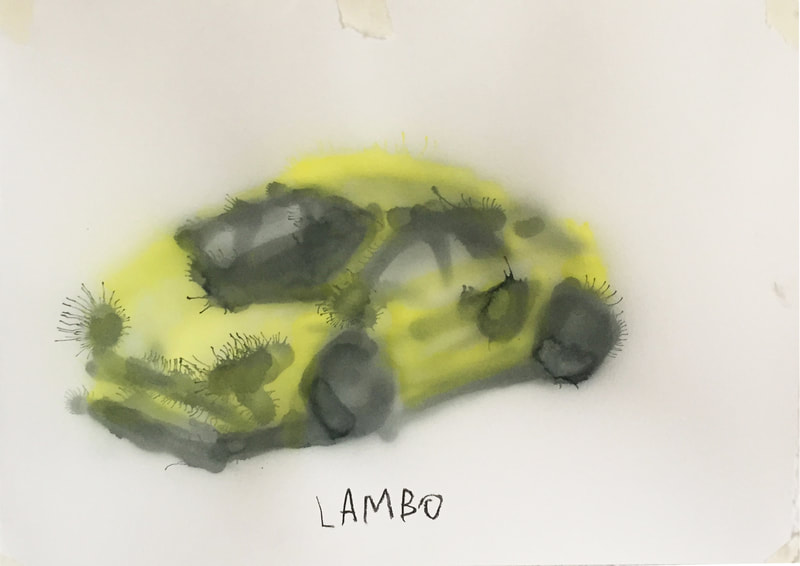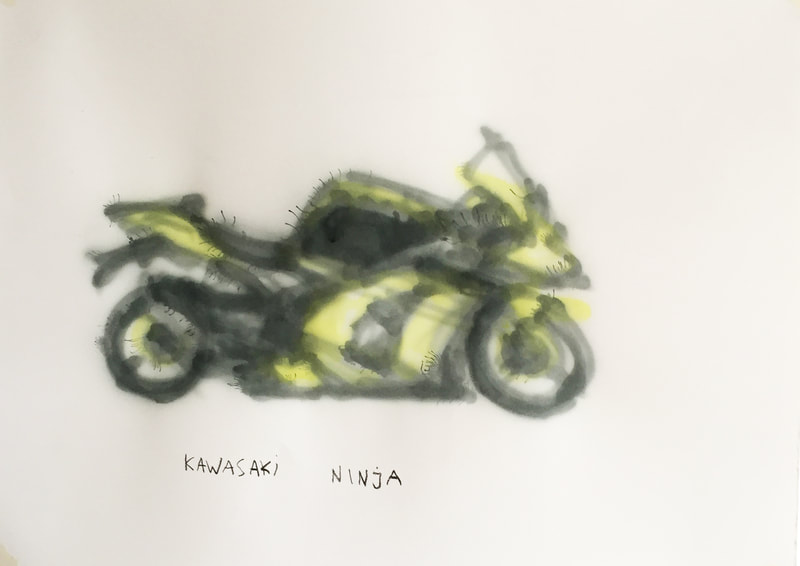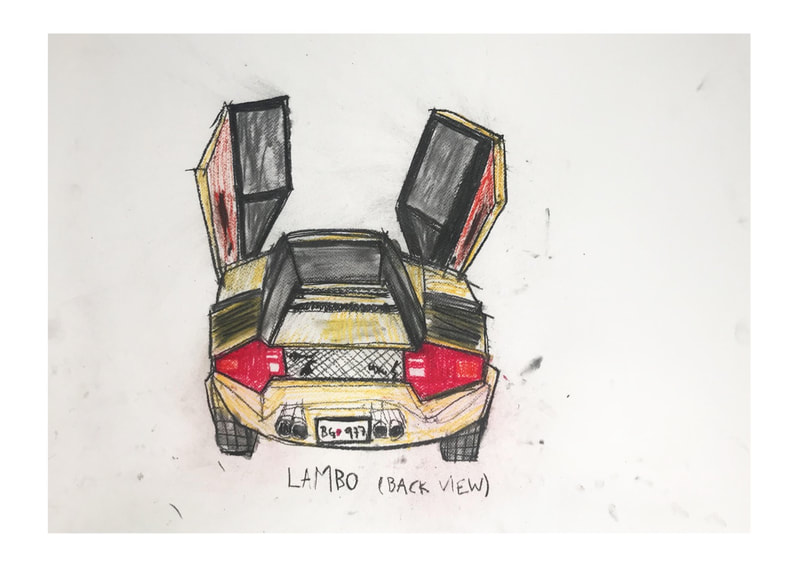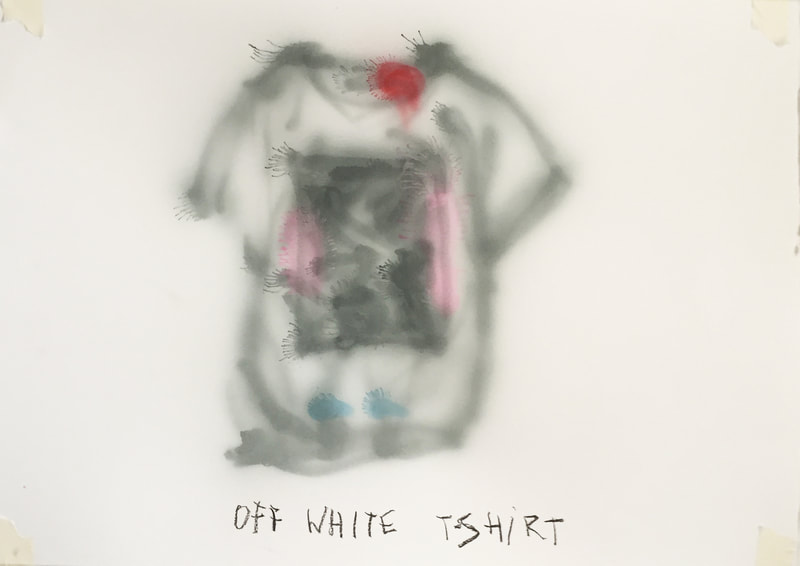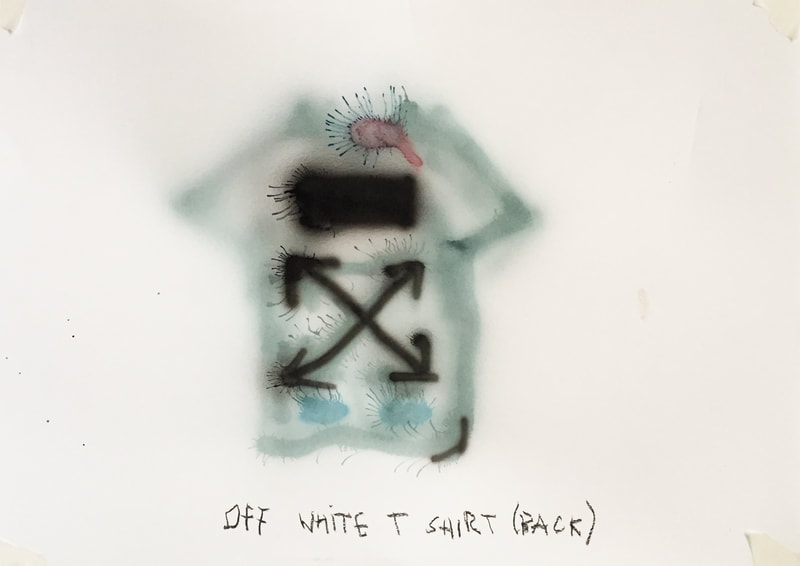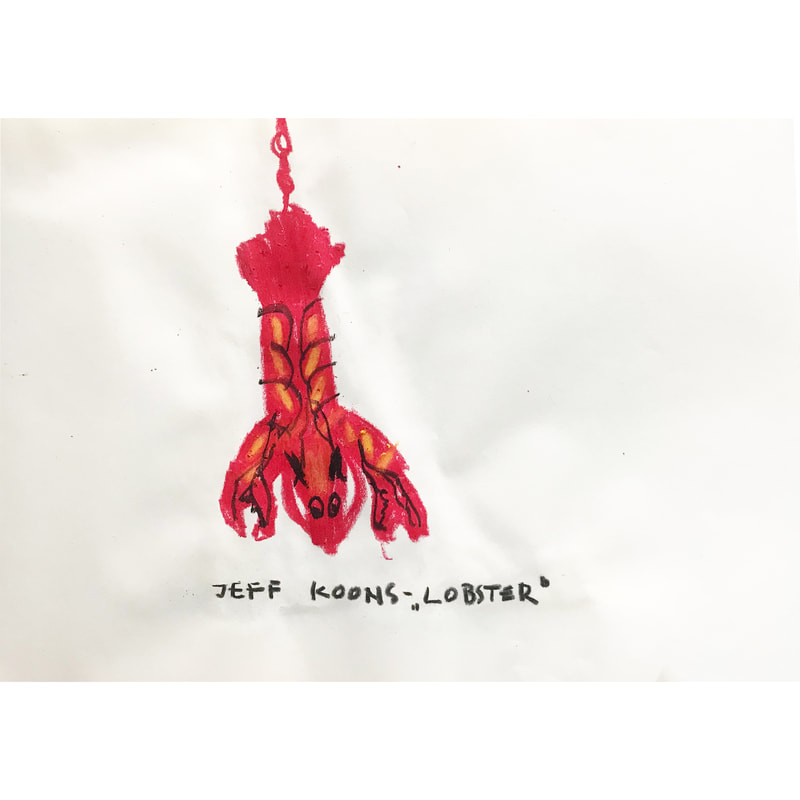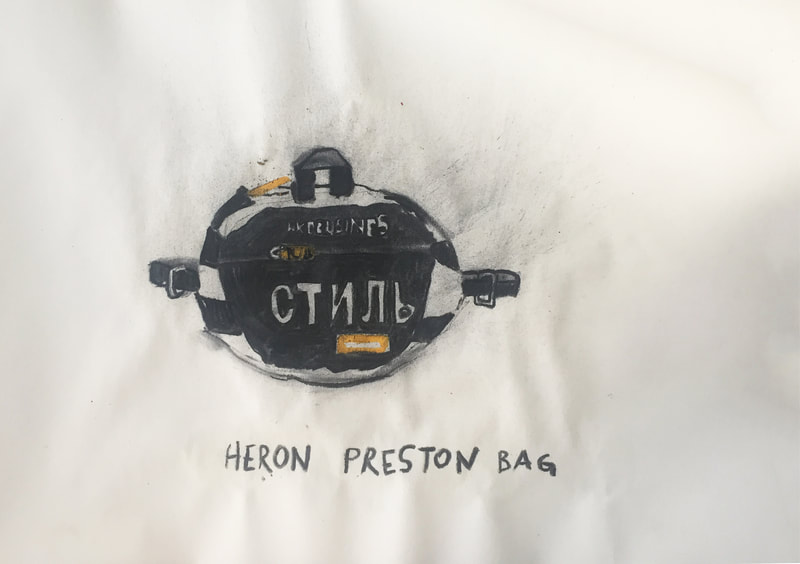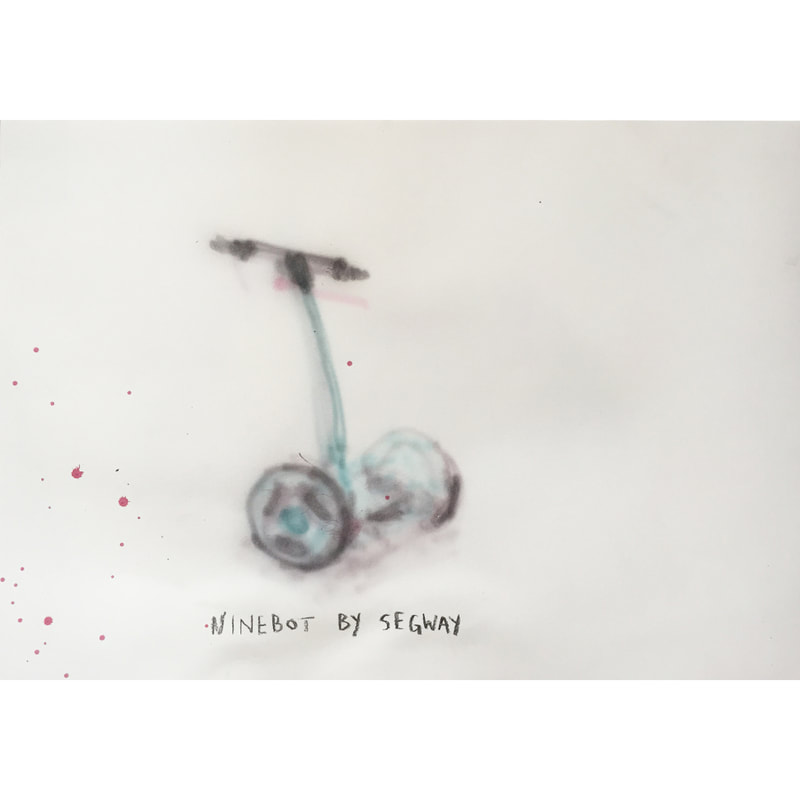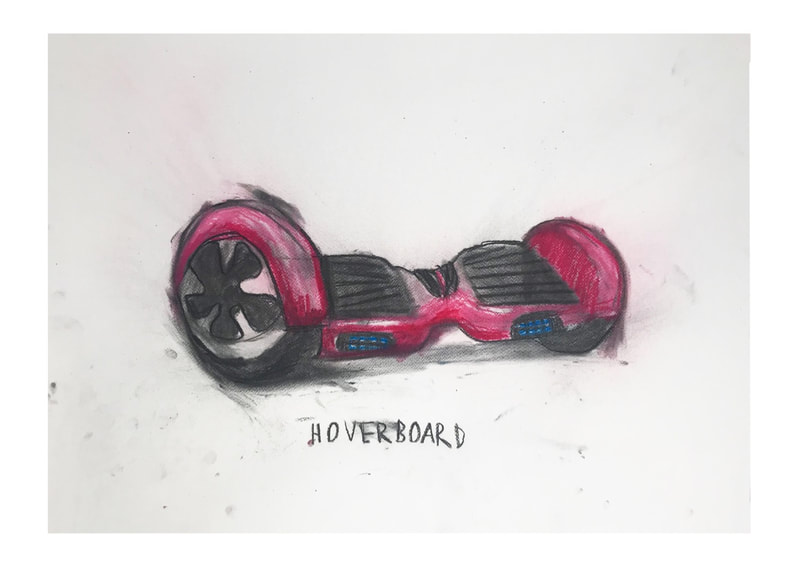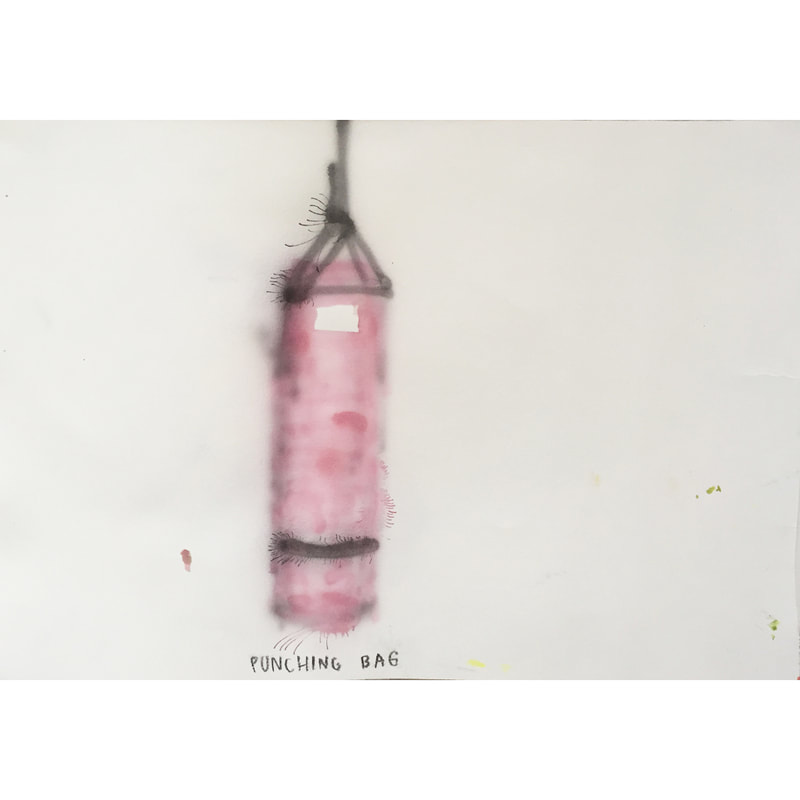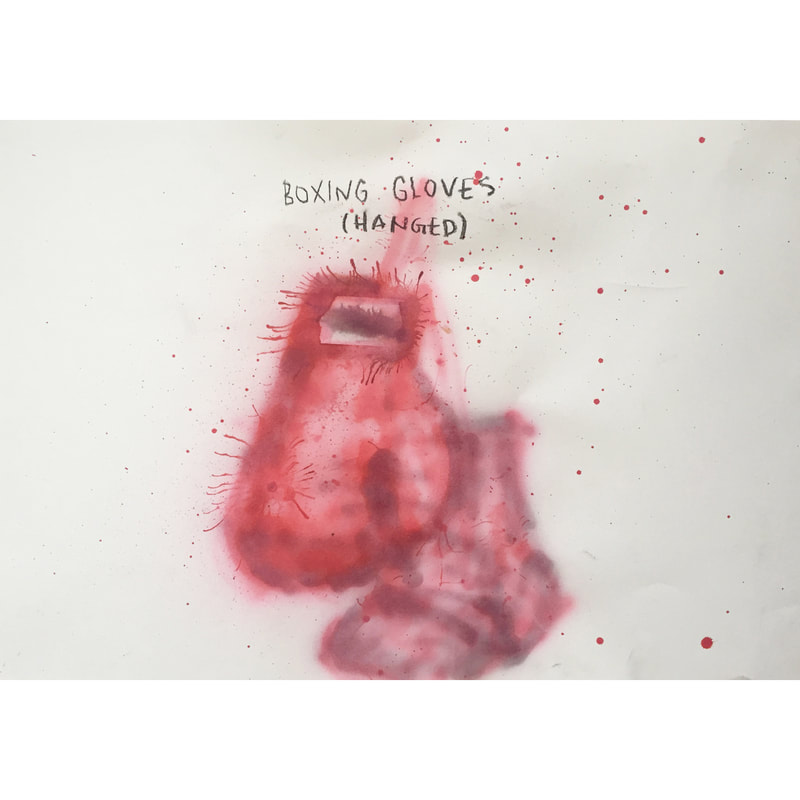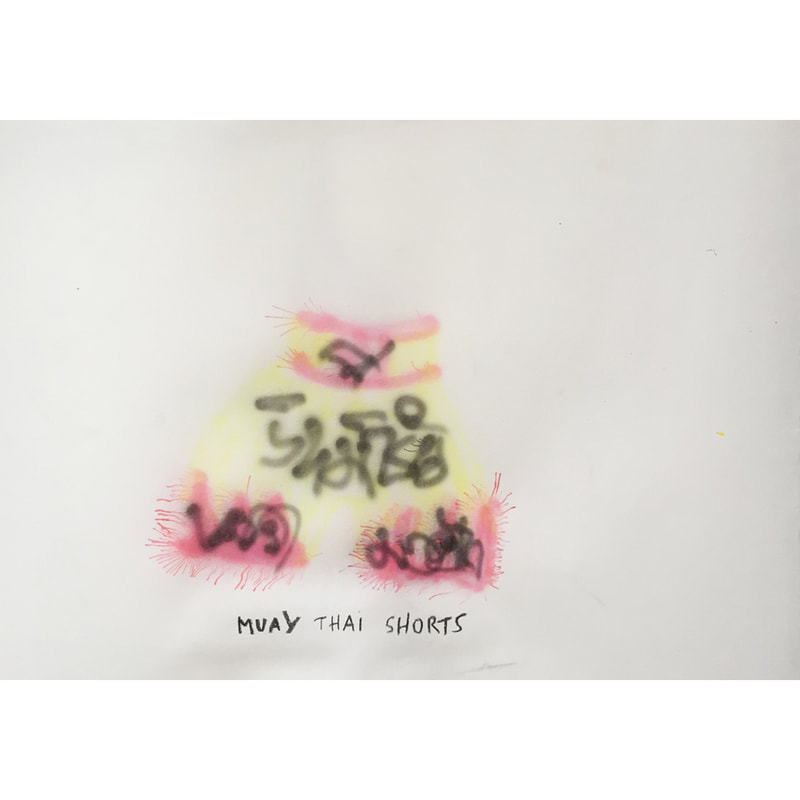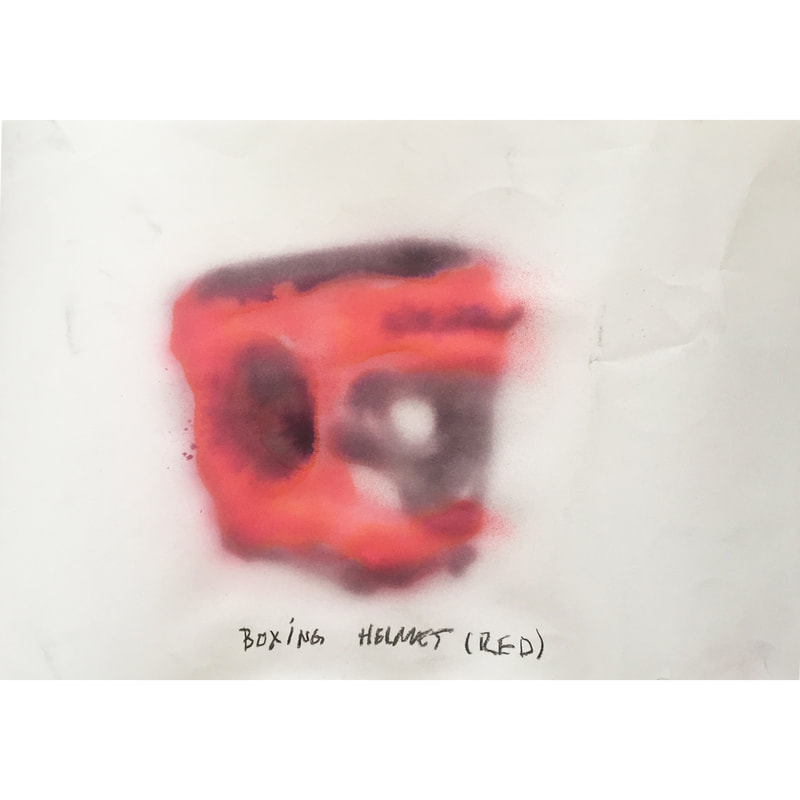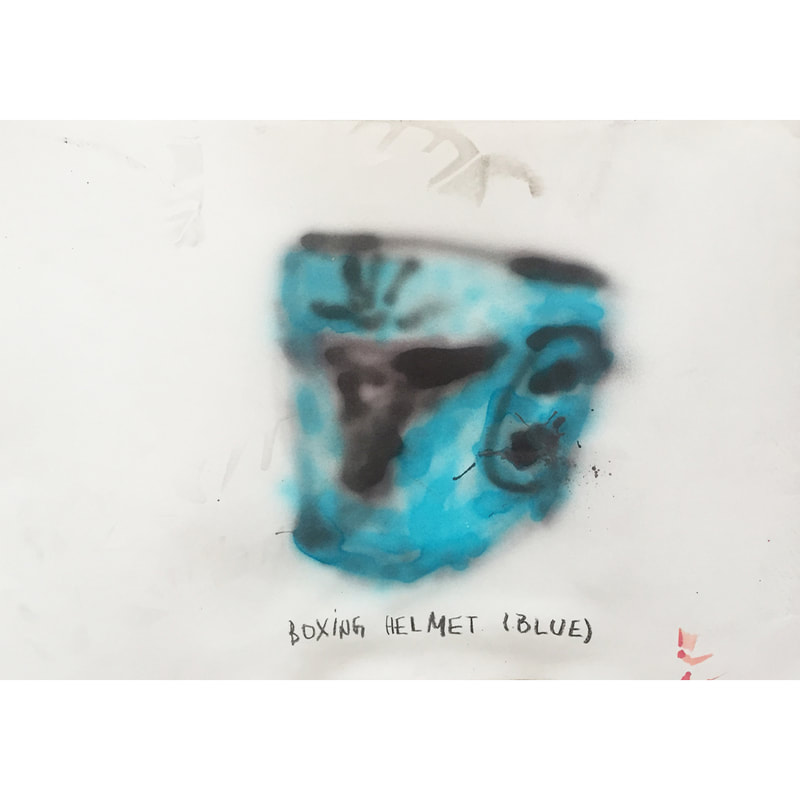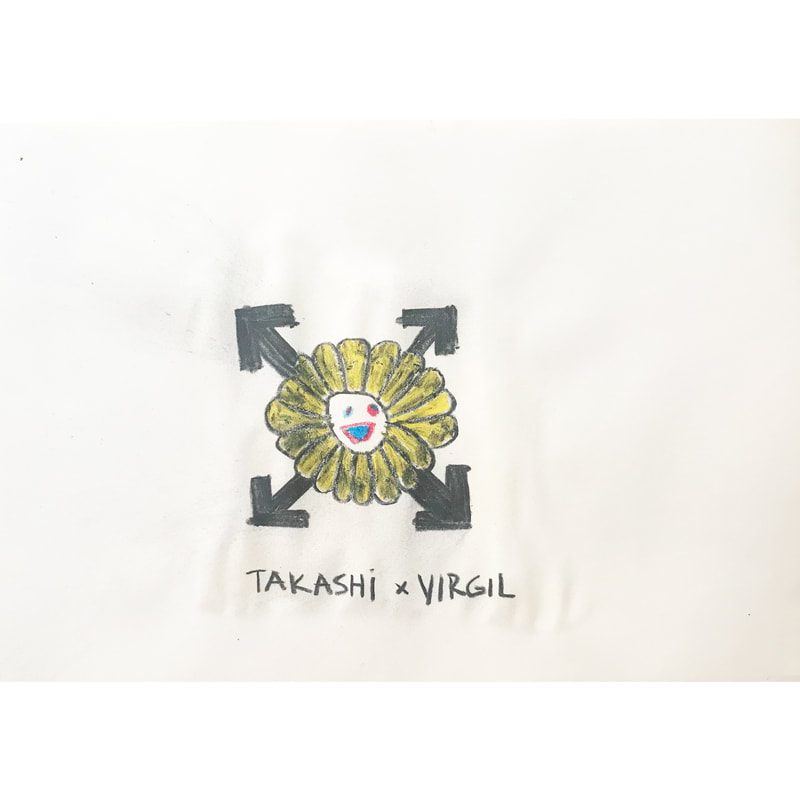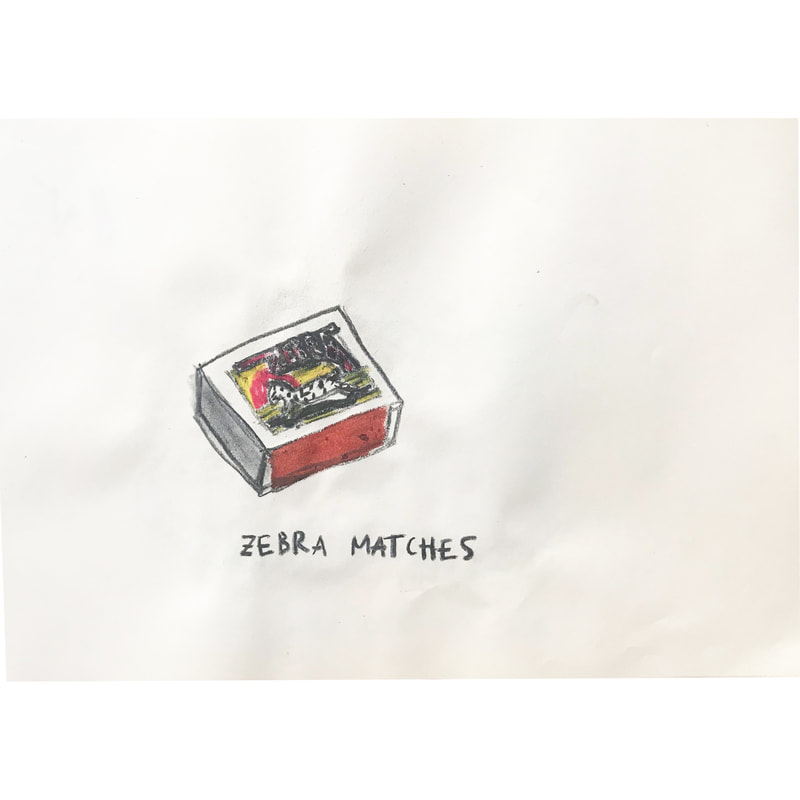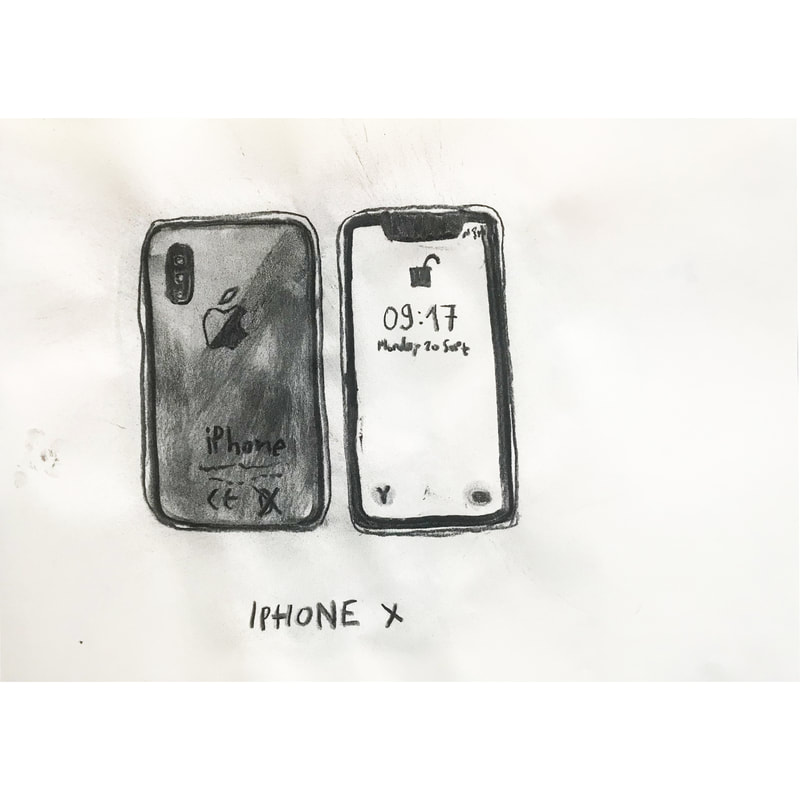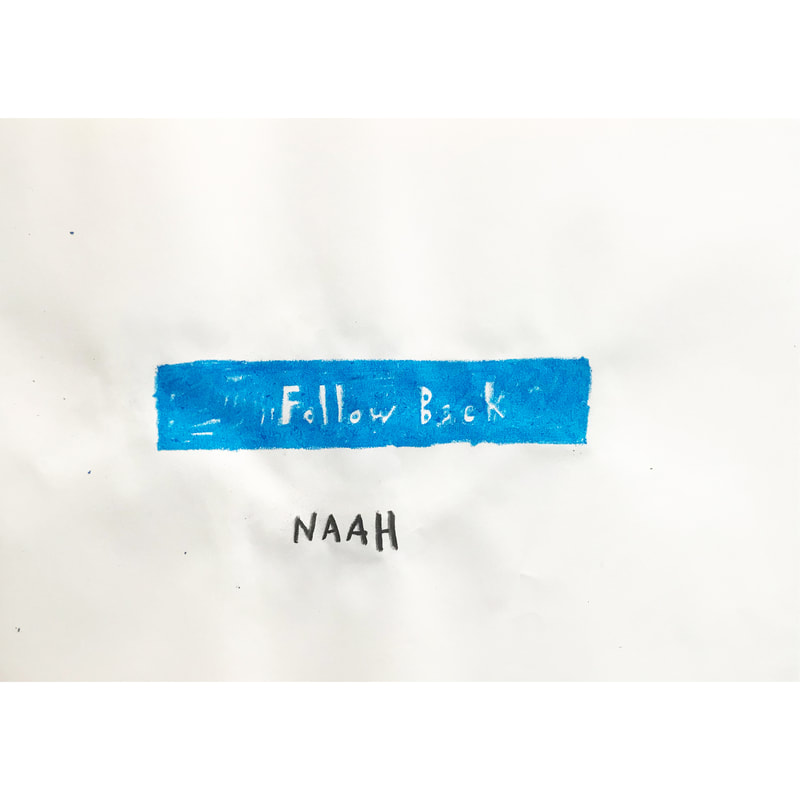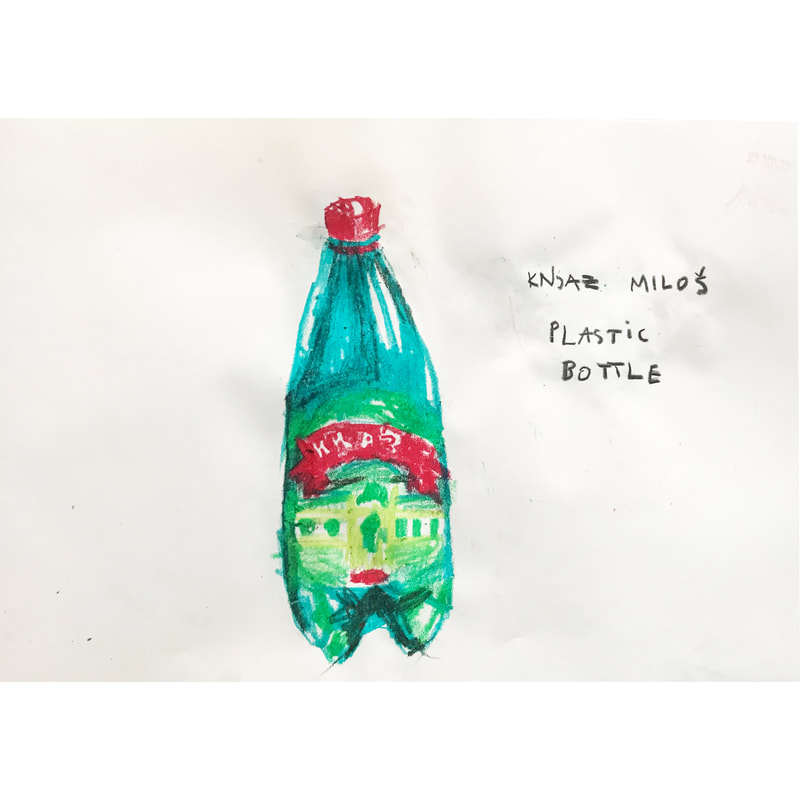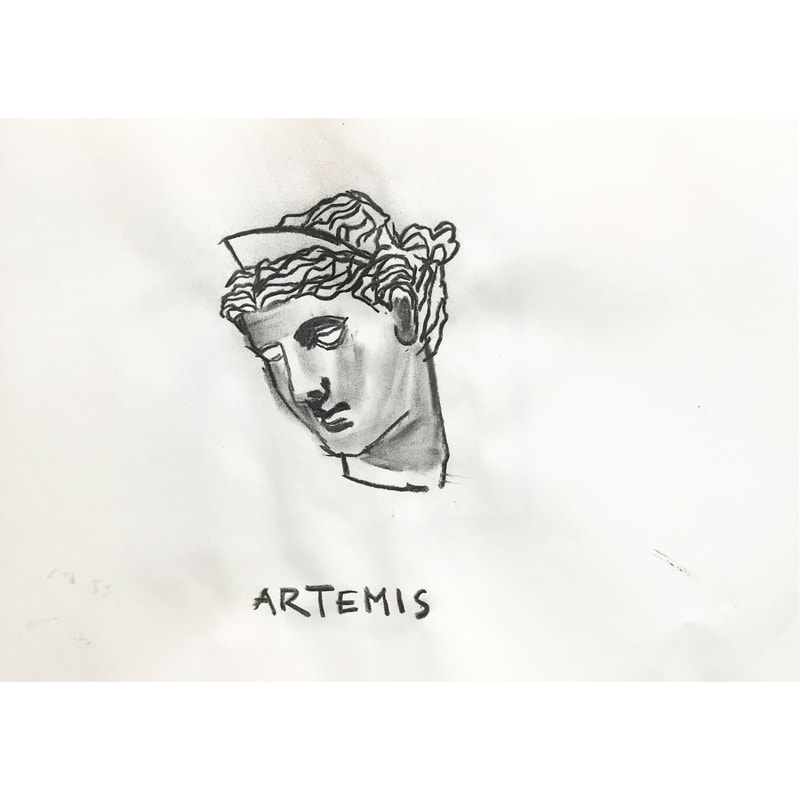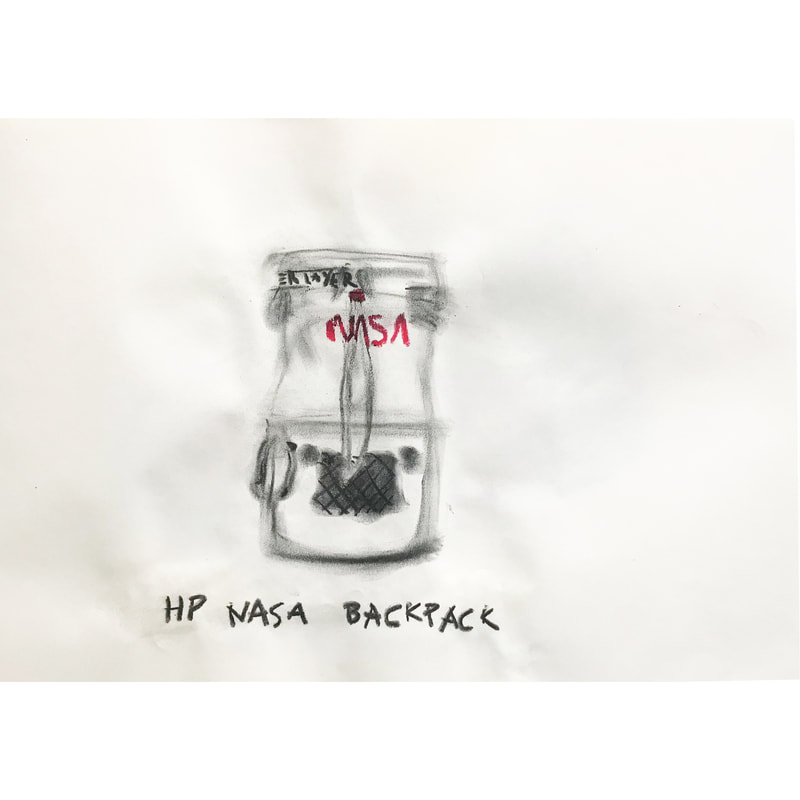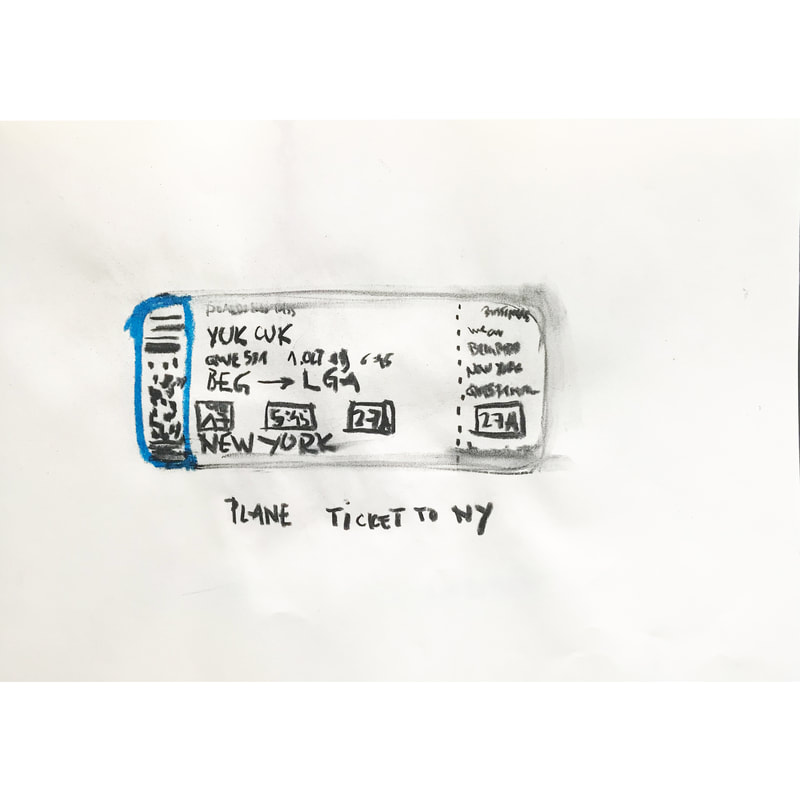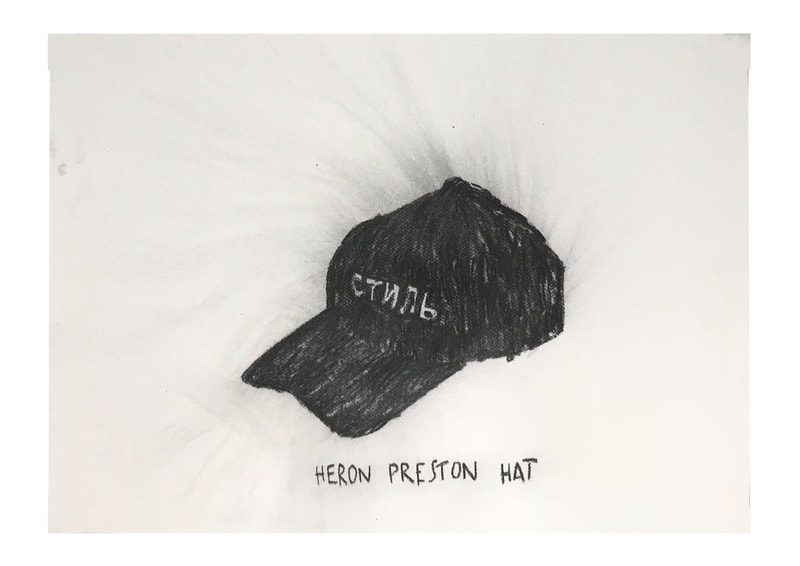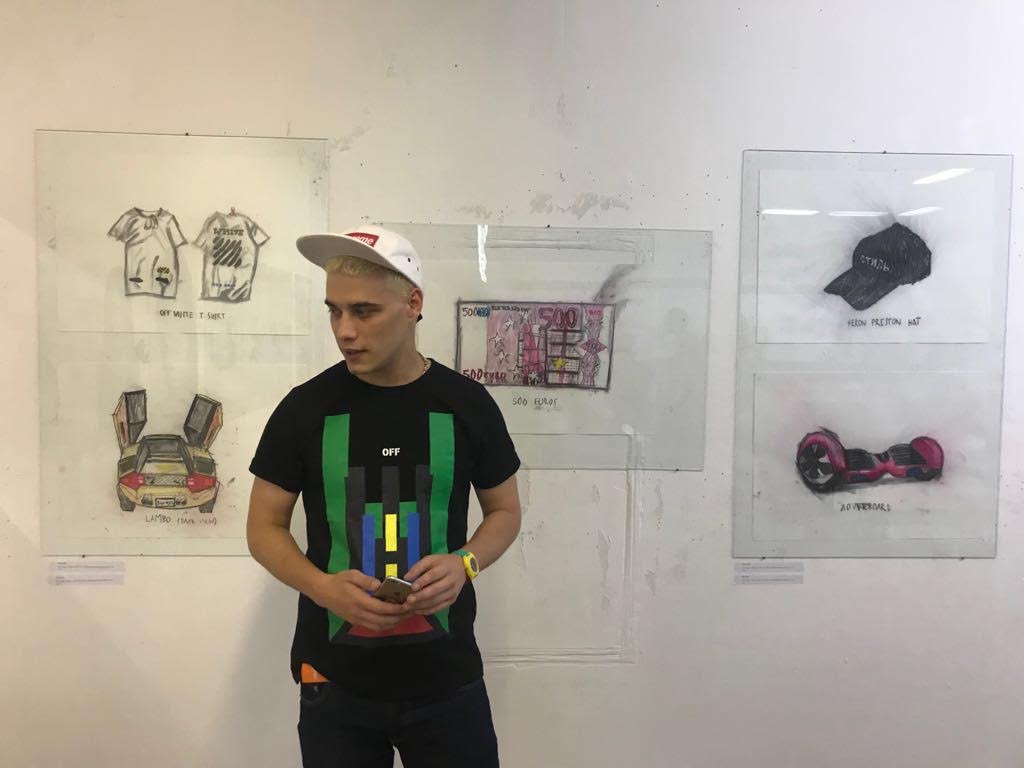THINGS I LIKE
ongoing series of drawings
-
2017-
Consumer society which rests on consumption of material goods and services, as opposed to earlier types of society, refers to mass production of goods and service offer which more than ever surpasses the consumer minimum, i.e. surpasses satisfaction of much more than bare necessities. Consumerism as one of the globalisation products and one of the basic postulates of the modern society, is expanding more and more, and affecting all spheres of social life, including the majority of individuals, by using the effects of TV, newspapers, and primarily, the internet and social networks. In such a social system, the role of marketing is of utmost importance. Advertising messages we get to see on every step of the way and which we accept (sub)consciously, have a strong persuasive character.
Popular brands dictate fashion trends, but also the life style, desires and habits of consumers. Designer trainers, bags or cars in the consumer society often become instruments of defining a personal style, belonging to a particular social group, or even the instruments of defining a personality. Consumer logic actually rests on the conviction that material goods do not satisfy the consumer needs, but instead they directly produce the consumers' desires, thus creating the sense of owning need. Consumer society is sustained by encouraging consumption.
In order to ensure successful sale of a brand, it is important to prove its superiority to its competition and also to be memorable. To ensure that the information reaches the viewers, i.e. consumers, a well thought-through reasoning logic is very important, i.e. persuasion. A young consumer wants to own a Lamborghini, a Kenzo hat and a Heron Preston jacket. These brands are the subculture icons of the youth, recognised as such for their brave (anti)aesthetic. The persuasive method affects the beliefs, values and wishers of consumers, thus creating the habit of brand consumption, founded on its popularity, prestige and social acceptance, be it even in certain subcultures.
The brand-new contemporary consumer is way more informed, sophisticated and demanding. Vuk Čuk does not deny that the material products form his everyday life as well. He does not want to give neither positive nor negative critic against the consumer society, but instead he accepts and recognises the present moment, giving an overview of his favourite mass products via his artwork.
Ćuk chooses drawings as his utmost personal artistic form, as the means of expressing his personal character. Each of his works actually represents an independent and finished artwork, produced by sweet flirting with the kroki drawings, without hiding a single detail of the creative process. Each work of his is individual visual record of a consumer object preferred by the artist. Ćuk's works are characterised by a combined technical approach, namely, he uses pastel colours, charcoal for sketching but also the non-conventional felt tip pens and the air brush technique.
Consumers' desire is passion born somewhere between the consumer fantasies and socially imposed constructions, causing a pleasant feeling when satisfied. Ćuk is presenting us objects used for satisfying his own consumer desire, as well as those which would ensure additional satisfaction by having them in personal possession. Despite the fact that the object of desire can never completely satisfy the subject's - consumer's wish, since new wishes will constantly emerge, this has no special importance. Functioning through the discourse of desires entails constant finding of new objects of fascination, thus creating the endless consumer circle. Therefore, these artistic drawings represent the current objects of artist's desires, by exclusively illustrating the current moment. Ćuk argues that the materialistic hedonism is the final objective of the consumer capitalism. Among the wide spectre of objects of desire, he makes the selection, of those matching his sensibility and aesthetic.
Advertising content placed via various media channels on a daily basis creates the pseudo-needs the satisfaction of which we aspire to, thus affecting the society with the spectacle culture invasion. Ćuk is currently freezing the picture of ceaseless circulation of personal desires and embodies it with visually effective pieces of work. Vuk does not criticise the consumer desire dynamics, he does not negate the desire, but instead states the essential dichotomy between the subject and the object. The images on the bills of 20, 50, 100, 200 and 500 euros confirms money as the equivalent of value of all types of goods, thus giving it the fetish properties. Modern society is characterised by the expressed tendency of giving fetishistic characteristics to the production products. Fetishism, i.e. giving power to objects and their worshiping, brings satisfaction in watching and possessing them. Just as the relics were the objects of worship in the medieval century, the tribal totem in the primitive religions, the "Lambo" is such an object for the modern society.
Ćuk integrates mass production objects in his artwork in a very visually effective way, which does not need interpretation. At the first glance, a modern consumer is receiving clear and instantaneously recognisable associations.
Anđela Rokvić, art historian
ongoing series of drawings
-
2017-
Consumer society which rests on consumption of material goods and services, as opposed to earlier types of society, refers to mass production of goods and service offer which more than ever surpasses the consumer minimum, i.e. surpasses satisfaction of much more than bare necessities. Consumerism as one of the globalisation products and one of the basic postulates of the modern society, is expanding more and more, and affecting all spheres of social life, including the majority of individuals, by using the effects of TV, newspapers, and primarily, the internet and social networks. In such a social system, the role of marketing is of utmost importance. Advertising messages we get to see on every step of the way and which we accept (sub)consciously, have a strong persuasive character.
Popular brands dictate fashion trends, but also the life style, desires and habits of consumers. Designer trainers, bags or cars in the consumer society often become instruments of defining a personal style, belonging to a particular social group, or even the instruments of defining a personality. Consumer logic actually rests on the conviction that material goods do not satisfy the consumer needs, but instead they directly produce the consumers' desires, thus creating the sense of owning need. Consumer society is sustained by encouraging consumption.
In order to ensure successful sale of a brand, it is important to prove its superiority to its competition and also to be memorable. To ensure that the information reaches the viewers, i.e. consumers, a well thought-through reasoning logic is very important, i.e. persuasion. A young consumer wants to own a Lamborghini, a Kenzo hat and a Heron Preston jacket. These brands are the subculture icons of the youth, recognised as such for their brave (anti)aesthetic. The persuasive method affects the beliefs, values and wishers of consumers, thus creating the habit of brand consumption, founded on its popularity, prestige and social acceptance, be it even in certain subcultures.
The brand-new contemporary consumer is way more informed, sophisticated and demanding. Vuk Čuk does not deny that the material products form his everyday life as well. He does not want to give neither positive nor negative critic against the consumer society, but instead he accepts and recognises the present moment, giving an overview of his favourite mass products via his artwork.
Ćuk chooses drawings as his utmost personal artistic form, as the means of expressing his personal character. Each of his works actually represents an independent and finished artwork, produced by sweet flirting with the kroki drawings, without hiding a single detail of the creative process. Each work of his is individual visual record of a consumer object preferred by the artist. Ćuk's works are characterised by a combined technical approach, namely, he uses pastel colours, charcoal for sketching but also the non-conventional felt tip pens and the air brush technique.
Consumers' desire is passion born somewhere between the consumer fantasies and socially imposed constructions, causing a pleasant feeling when satisfied. Ćuk is presenting us objects used for satisfying his own consumer desire, as well as those which would ensure additional satisfaction by having them in personal possession. Despite the fact that the object of desire can never completely satisfy the subject's - consumer's wish, since new wishes will constantly emerge, this has no special importance. Functioning through the discourse of desires entails constant finding of new objects of fascination, thus creating the endless consumer circle. Therefore, these artistic drawings represent the current objects of artist's desires, by exclusively illustrating the current moment. Ćuk argues that the materialistic hedonism is the final objective of the consumer capitalism. Among the wide spectre of objects of desire, he makes the selection, of those matching his sensibility and aesthetic.
Advertising content placed via various media channels on a daily basis creates the pseudo-needs the satisfaction of which we aspire to, thus affecting the society with the spectacle culture invasion. Ćuk is currently freezing the picture of ceaseless circulation of personal desires and embodies it with visually effective pieces of work. Vuk does not criticise the consumer desire dynamics, he does not negate the desire, but instead states the essential dichotomy between the subject and the object. The images on the bills of 20, 50, 100, 200 and 500 euros confirms money as the equivalent of value of all types of goods, thus giving it the fetish properties. Modern society is characterised by the expressed tendency of giving fetishistic characteristics to the production products. Fetishism, i.e. giving power to objects and their worshiping, brings satisfaction in watching and possessing them. Just as the relics were the objects of worship in the medieval century, the tribal totem in the primitive religions, the "Lambo" is such an object for the modern society.
Ćuk integrates mass production objects in his artwork in a very visually effective way, which does not need interpretation. At the first glance, a modern consumer is receiving clear and instantaneously recognisable associations.
Anđela Rokvić, art historian
